Guided by Flowers
4 years ago by
There is one certainty in life, a certainty that is unifying to all living creatures, that we will die, that our loved ones will die, that everything living will one day cease to be.
We share openly about the intricacies of our sex lives, our diets and our relationships. Conversations around mental health and trauma are becoming more common, but the topic of death still feels taboo. We avoid frank discussion of a thing that conjures fear. Fear of loss, fear of the unknown. Which is why, when I met Anita Vuong, while trying on colorful dresses at a vintage shop in Los Angeles, and we happened upon the topic of death and her journey to become a death doula, a term I had never before encountered, my interest was piqued. As Anita shared her intention to create a platform in the community to learn about End of Life Care, the importance of soul conversation and human connection, I found myself curious.
Anita explained, just as a birth doula assists mother and child with the emotional, spiritual and practical aspects of shepherding life into this world, a death doula is there to guide the dying and the family of the terminally ill, through the process of leaving this earth with intention and support. It seemed a beautiful idea to me.
Not in a macabre way, really, more of a Virgo control freak party planner mode, but I have really specific plans for my funeral, which I like to remind my loved ones of yearly, just in case. (They consistently forget the details, despite my clear instructions.) I have an epic song picked out, two, actually, one for the entrance and one for my final exit. I find it romantic and strangely comforting to imagine all of my friends and family weeping to my well chosen cinematic soundtrack as my body, shrouded in pale tea roses and white silk, is lowered into the ground. But when, recently, my father sent me a copy of his will, I was taken aback. Too soon, too emotional, I didn’t want to face the discussion of what are essentially practical and inevitable matters. The ones we love shouldn’t be allowed to die.
I have experienced the loss of people very close to me, but they were all sudden deaths. There was no chance to say goodbye, no hand to hold, no final words. I chose not to attend the funerals, being too inexperienced at the time to know what was involved in grief. We are not given instructions on either how to die, or how to grieve. I, like so many others, thought that with enough distance, I could be untouched by death. But it has a way of haunting us. We cannot merely close our eyes and wish eternal life. And so, we must make our own rituals that allow for this most natural passage.
Every culture has its own way of honoring and attending to the body and soul of the deceased. I particularly like the idea of a Tibetan sky burial, in which the corpse is taken to a high mountaintop and left to decompose in the elements as well as nourish the carrion birds that would feast upon the remains. In Vajrayana Buddhism they believe in the transmigration of spirits, so that the body, its’ soul having exited, no longer need be preserved, but disposed of in as generous a way as possible, to feed back into the land.
In the West, we have removed ourselves from the realities of death. What was once a common and private affair, occurring in the home, amongst family, seen and felt and remembered, has become medicalized, left to the authorities. The dying are put in hospitals, the dead are whisked away, out of sight, to refrigerated morgues, where the body will be pumped with embalming chemicals, hermetically sealed in a coffin, preserved. Why? for what little bit longer? As for the dying, we no longer allow them the luxury of a contemplative end. The living insist on life-extending treatments, the possibility that it won’t end, not yet. The living insist on living.
How do we die with beauty and intention, and through that, learn to live with the intensity and grace of presence? With deep compassion and empathy, Anita is bringing these questions out from under their shroud and engaging people in healthy dialogue around death. She is the founder of the non-profit Guided by Flowers, which, when she told me of her mission, had me in tears. Guided by Flowers, repurposes event floral that Anita uses to make her stunning arrangements which she gifts to hospice patients in need of a loving gesture and wreaths for low-income funerals that otherwise would not have adornment upon their casket.
I was fortunate to be able to sit down with Anita, (who brought me a lovely bouquet of flowers) and talk with her about her work in the death community.
Allison: How did you begin training as a Death Doula?
Anita: I’ve worked in the fashion industry for more than ten years now (I’m now 32), and I began to feel very dissatisfied with working in fast fashion. I started to look inward, to ask, what matters to me? I realized that intentional human connection is number one. I had just learned what a birthing doula is and when I came across the term death doula, I began to look into it and realized this is what I want to do.
But then I wondered, could I do this? I have personally experienced so much loss. Do I really want to immerse myself in a world of another’s grief? Could I really handle dealing with grief on that level? I thought about all of the losses in my own life and there were so many that I wished we could have done something different and wondered if there was another way to process death. I wondered why we had to use embalming, or enlist the help of a funeral home. I felt so disconnected from those processes and it became something I really wanted to explore more.
As I recall from our previous conversation, you began by volunteering at hospice. Tell me more about that experience.
I started to look at what it takes to become a death doula and I quickly learned that there is no governing body anywhere in the world where you can get a certification, or schooling. Most of the training programs that were available were basically crash courses at weekend long seminars at hotels, and that didn’t really resonate with me. I felt that the work of a death doula can be a highly emotional endeavor and not something you can learn enough about over a weekend.
Anyone can become a death doula, and I think that everyone has the capacity to learn to embody the role of caring for the dying. We all used to be, especially as a woman, that was our role, that’s how it was in the past before the rise of medicalization and hospitals. While I think that a lot of the qualities a death doula needs to have are innate, the actual logistical aspects like the processes, still needed a lot of learning. I decided the best way to learn was to volunteer for hospice. I also needed to see if I could actually be around the dying and if that was an emotional space I could handle. So, I immersed myself in volunteering and the death positive community and found that I very much want to keep doing this.
Before you started in this line of work, had you often been near the dying process?
I’ve lost many people in my life very traumatically–and it started quite early in my life. When I was fourteen, my cousin was murdered. Following that, I lost my aunt to suicide. I’ve lost friends to car accidents–one after the other. I experienced many sudden deaths in a short span of several years, which didn’t leave a lot of room for processing. And then my grandfather died.
My grandfather had a terminal lung cancer, and the death process for him lasted four years. He lived in Canada and I wasn’t able to be around him as often as I would have liked. But when I visited, I was really interested in witnessing the dynamic of my family unfold. There were moments when I would sit back and observe, and I found many things I felt were wrong about western death practices. I am Vietnamese –Chinese- American. I was born and raised here, but my family is primarily Canadian via Vietnam, but still very western. I could see the way my family was pushing all kinds of alternative holistic medicines and life-extending treatments, focusing on ways of prolonging life, while never really focusing on the dying process. Everyone was avoiding that. Saying, maybe if you try this you can beat the cancer, but I thought, no, you couldn’t, this is happening. He is dying. I kept a whirlwind of thoughts inside and would just err on the side of silence. I would just hold his hand and be with him. And not to say that terminal illness is preferable, but for me I saw, an opportunity to say goodbye and let it be a sacred and loving transition out.
When I thought about becoming a death doula, I thought, this is what it’s about: being there, holding space, giving comfort, and not trying to discharge our own discomfort or fears onto the dying. Just being there with the individual and walk alongside them.
Do you work with the family as well as the patient?
Yes, while I’m still trying to find my role in this community, I’ve had patients where it’s very one-on-one, but other patients where it has been more about providing care and comfort for the family. Sometimes it’s reading a book, playing music or discussing end of life goals like funeral wishes, which made me become interested in working on becoming a home funeral guide as well.

What does a home funeral involve?
In California, there are a lot of things you can do at home, though the laws are variable state to state. For instance, you have a lot more agency in dealing with your own deceased in the home as opposed to me coming in. We are so scared to deal with death and so under-informed as to what we are allowed to do with our dead. There are many people that I’ve met who actually believe that it is illegal to touch the dying–like once death occurs, you no longer have control of the body of your loved ones. Unless it’s a coroner case with unresolved cause of death, you have every right to touch the dead. You are able to perform whatever rights you feel comfortable with. You don’t, legally, have to be embalmed or immediately hand the body over to a funeral home. But, they sell it to you like it’s part of a package.
In my experience, seeing and touching bodies that have been embalmed and then touching a body that has not been embalmed is so different. An embalmed body no longer really looks like the person. Someone who is not embalmed looks more like the person you knew. They embalm to preserve, but what’s the point when you’re going to be buried? It made sense at one point in our American history, during the civil war; they began embalming bodies to preserve them on the long journey back to their family home. But now it’s become a major business.
I still can’t imagine, with my western brain, and movie images of the coffin, the hearse, the burial, the black, what does a home funeral look like?
It can look like anything. We start by thinking about what the person had wanted, had they wanted to be laid out by a window for instance. It’s about creating sacred space, decorating the body with flowers, dressing the body, creating rituals that are personal to the family.
Which makes much more sense to me than carting off the body to someplace they’ve never been, refrigerated somewhere, then the funerals all seem interchangeable, an ugly casket, the same thing on repeat. At a home funeral, the family can engage in ritual that resonates with them.
Also, we learn to not fear the body after death, but to continue to care for the body that contained the person that you love.
Home funerals usually follow with a green burial or a cremation.
We all have a lot of fear around the death– it happens in hospitals, away from us, it’s become something hidden. Yet, it’s only been in the last hundred years that death has gone from being a life event to a medical event.
The most ubiquitous thing about life is death; it’s the thing we all have in common. The other end of life is death.
How did you begin Guided By Flowers?
I was sitting in a support group meeting with other volunteers of the hospice organization and I learned about a failed floral program called Petals for Patients. Trader Joes would donate unsold flowers and the program volunteers would get together, make arrangements and then distribute them to the patients. There were too many moving parts and the program was unsustainable, but it was something that I wanted to bring back to life.
I had a surgery in 2014. A friend who worked in event production came by with a gigantic floral arrangement and told me that they were throwing these away at work the day after the event. I remember thinking, who would throw away flowers? The flowers are only used for a few hours and then mostly discarded at strike…
At the meeting I decided I wanted to run with this project. The volunteer coordinator gave me access to not just the care facility I was working for, but all of the hospice care facilities in the area.
I went home and reached out on my social media networks, asking if anyone was getting married, or anyone worked on events and if there would be interest in donating the flowers. The response was overwhelming. I started very small, as I wasn’t sure how to do it at first.
My first donation was from a friend who worked at Revolve Clothing . She was working on a photoshoot for the day and said she had a bucket of flowers leftover if I wanted to reuse them. From that one bucket of flowers I made four floral arrangements and they were gifted to terminally ill individuals in private homes. At-home patients tend to be the most isolated, as they see fewer people and are not part of a larger community center. It was really special to me to have hopefully been able to brighten up their day.
It’s so touching to receive flowers. You gave me flowers today, which was so beautiful of you. Flowers are wonderful, because long after the person who gifted them to us goes, we have this wonderful reminder that we are cared for.
Nature is so healing. Flowers accompany us throughout our entire lives; flowers are the last gift from the living to the dead. They make people happy. Seeing firsthand how they affect people drives me to continue this. I remember on one of the deliveries that I was able to do personally, I met a woman that we will call “Goldie”.
I arrived at the hospice and asked the front desk, who can really use flowers today? as the staff takes notes on the emotional well-being of the residents. The receptionist and her colleague both informed me that “Goldie” was having a hard week as she has been feeling as though she’s losing her autonomy. When I met “Goldie” and I told her that I had a gift for her for no particular reason other than me wanting to give her flowers, she started crying and hugged me. She told me that she really needed that today and that was a powerful moment for me to see the direct impact flowers can have on recipients.
One interesting thing that I learned about us as a society and how we tend to gender things is that at first when I would check in with hospice to see who needed flowers, the staff would only give me a list of women. But, I would see the way the male patients would look excitedly at me down hallways as I carried boxes of flowers. I began to ask for names of men and started to give flowers to men as well. Most people love nature, but it was crazy to see that we think of flowers as a particularly feminine gift. One man I gave flowers to couldn’t believe that they were for him. He opened up about how he really loved gardening, and though they weren’t tulips, he kept calling them tulips and said how much they reminded him of home. From then on, I make sure I always give flowers to men as well.
The number one reason I continue to do this floral work is that I see the impact it has on people. Also, repurposing flowers has been the gentlest way of bringing death to the forefront of people’s minds. The flowers peak people’s curiosity and it organically creates space where people can ask me questions about the nature of the work I do.
What were your resources as you were finding your way in this niche community of conscious death work?
I found other practicing doulas through social media and the people that I’ve met have been very willing to mentor and take me in. In the beginning, most doulas suggest volunteering at hospice and working alongside other doulas.
The first book that I read is called, Caring for the Dying: The Doula Approach to a Meaningful Death by Henry Fersko-Weiss, and a plethora of reading material from Barbara Karnes.
Jill Schock of Death Doula LA has been a huge inspiration to me as she is very well experienced in the death community and always willing to guide me.
Emily Cross of Steady Waves EOL also does these really beautiful living funeral ceremonies, which are basically meditations on your own death. These are based on a South Korean tradition that she brought to the west. I didn’t think I would cry as much I did, but it was really transformative experience and a good tool for living intently. It brings things into perspective.
I’m doing the work of putting myself in the path, but also watching how it all unfolds. The universe keeps telling me that this is right, that I’ve found what I’m meant to do.
It’s gratifying to do work that heals us as we heal others. I’m finding ways to live more intently through this work.







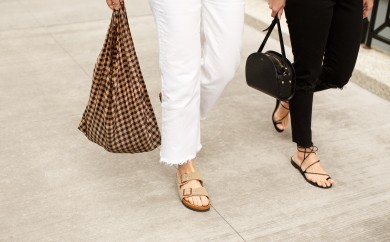
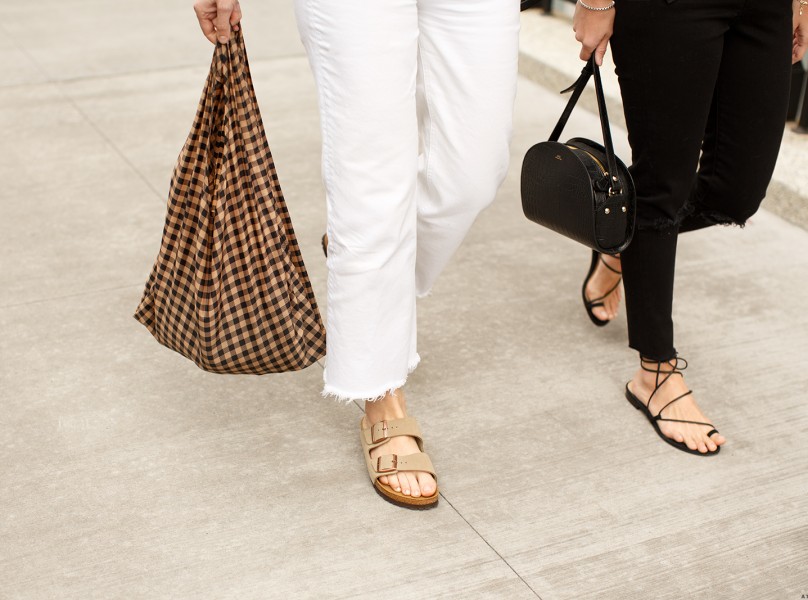
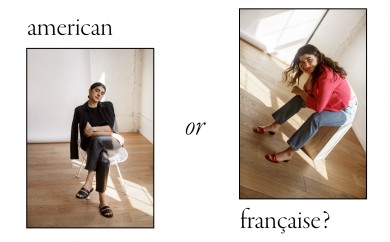
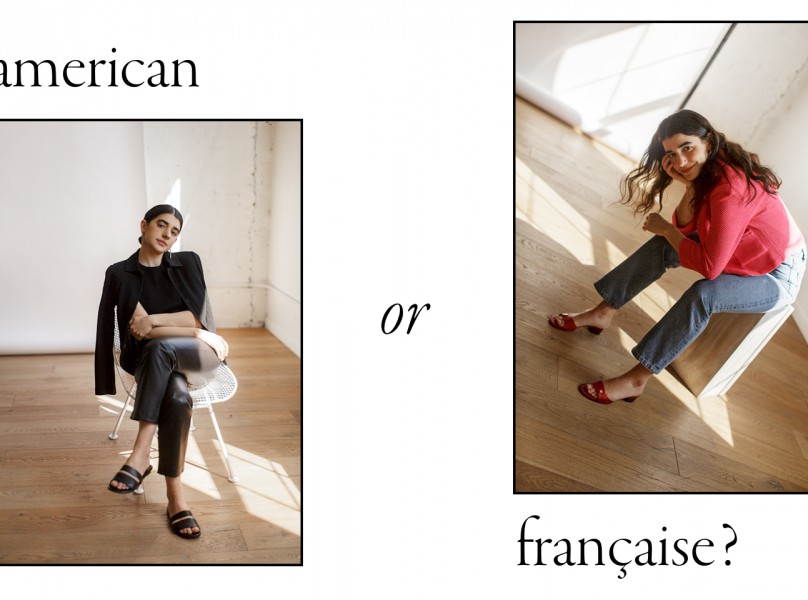
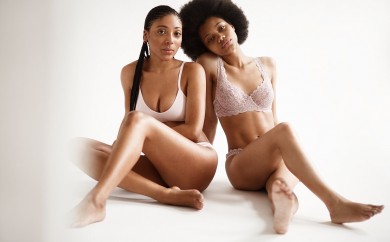

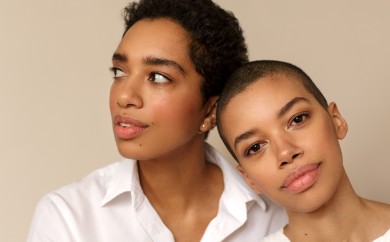
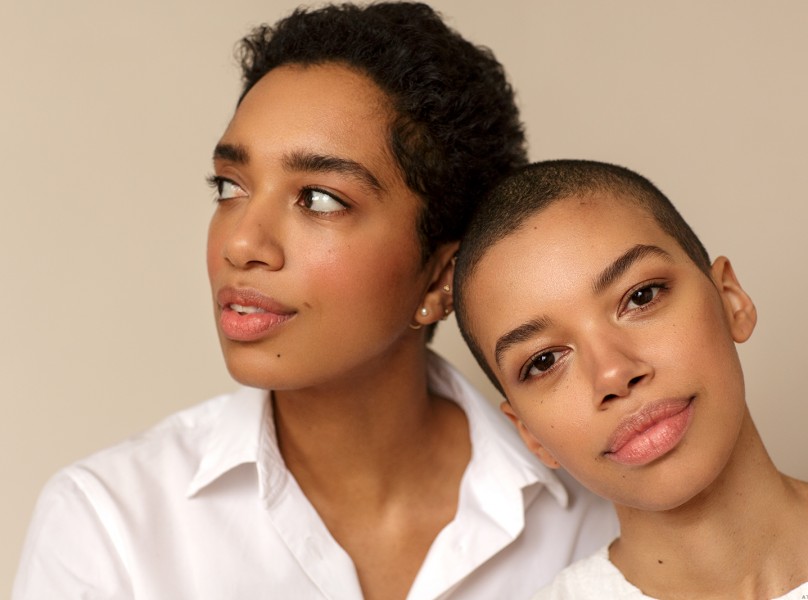


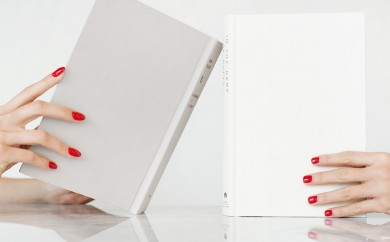
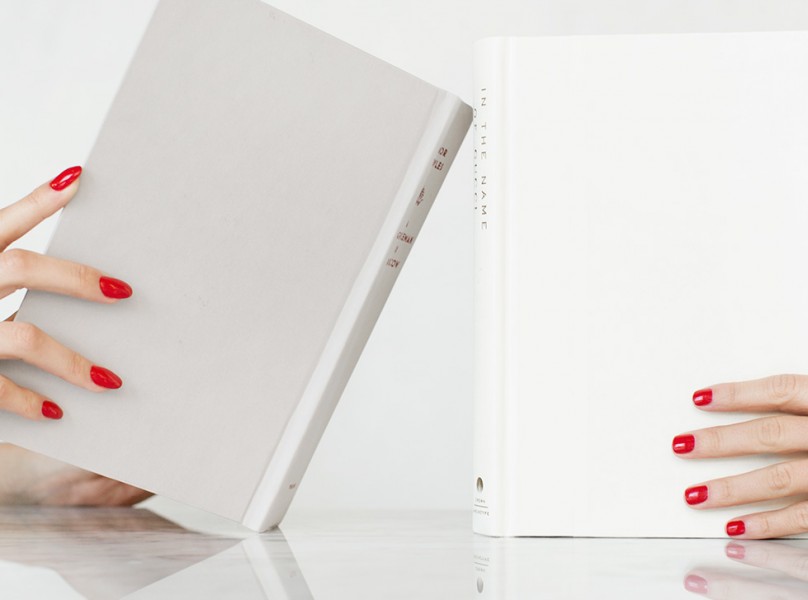


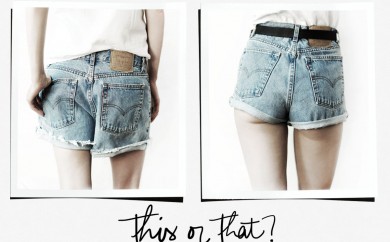

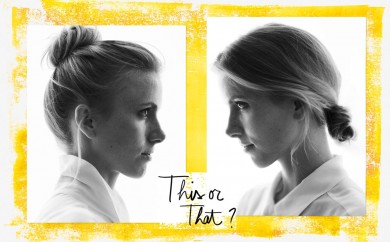
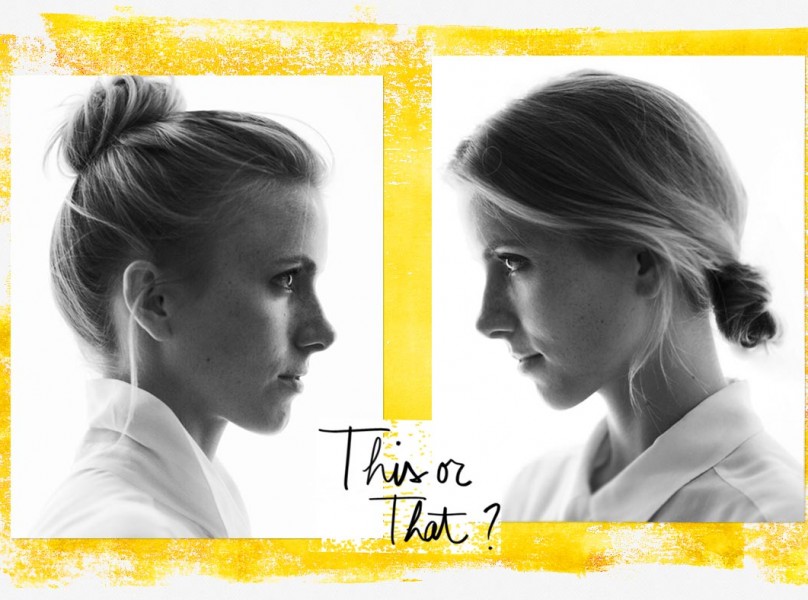

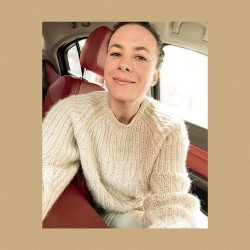

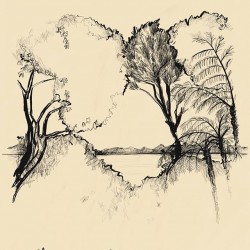
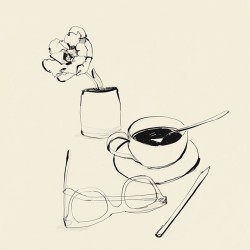
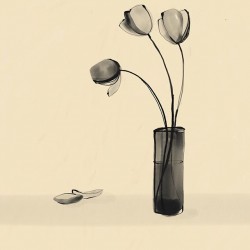
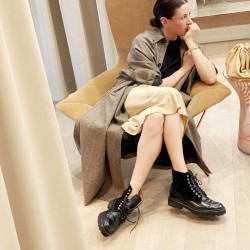

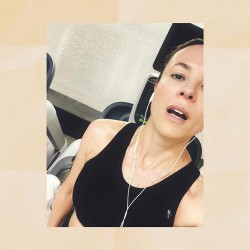
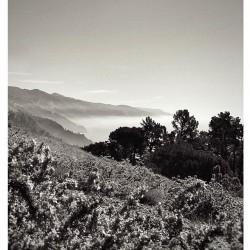
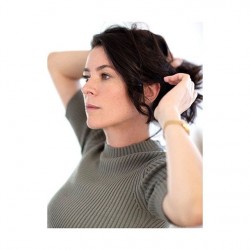
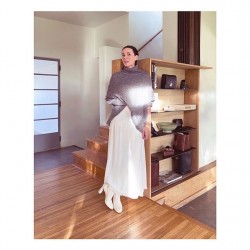
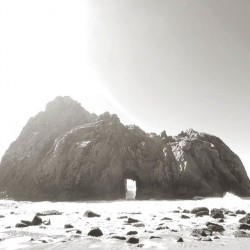
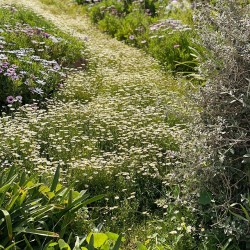

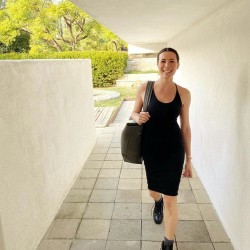
It’s a very nice piece. And a very important one. I have been volunteering for the past couple of years. It’s not 100% true that there is no “training” (what a word for a such a subject) available nowhere. In France, and I think also in Canada, you have some charities that have a full year training, with at least one day per month of courses by psychologists, doctors, law people… and then you go for “visits” for a few months with some more experienced volunteers. Then you learn gradually. That’s what I did, and by the way, it is free, you don’t have to pay for the courses.
It is at the same time very difficult and very gratifying. And it’s true that death is taboo in most places in the West. I am a very cheerful person so people who know about me doing this are often very surprised, they don’t understand it. They think it’s creepy. Sometimes I just tell them I visit elderly people, it is not the exact truth but it does not matter (they can be old or younger…).
I really liked the stories about giving flowers to men as well. And altogether giving flowers to the “still alive” is a very good idea. They are not dead yet, even if close from death.
Thank you for sharing. I had the privilege of spending time with and cleaning the apartment of a close family friend’s grandmother while on hospice. Words cannot describe the beautiful experience of blessing someone with your presence, smile, maybe words or songs … Would you happen to know the names of the charities in Canada and France you referred to?
Answer to Natalie (not sure it will appear right after her comment)
The charity is called Albatros, it was funded in Quebec first, and after some years it was extended to France. It is a religious sister, Pearl Berg, who funded it. But now it has no particular religion attached to it. For example the last training we had was about the death in various religions, how it considered, the funerals, the rites etc. I myself do not have any faith in any God, even if I grew up in a family of catholic origin.
Thank you for sharing these thoughtful comments.
Such a beautiful rich surprise of a post today. I am in love with your content in this period!
What a fantastic post. It made me think about how we have treated the deaths in my family and how I would want my family to treat mine. Both my grandparents had prolonged deaths and my family would have benefited greatly from a death doula to guide them along the way. More of these type of interviews please!
It brought tears to my eyes when I read about the men lighting up at receiving flowers. OF COURSE they would. Flowers are universal in their beauty. Thank you for your beautiful work and for sharing all about it. I am sending you all of the wonderful vibes on your journey. It is encouraging to see people following their passion in this life. What a transformative thing.
Je suis très impressionnée et admirative ! Marie de Hennezel a été une pionnière et son livre “La mort intime” sur l’accompagnement en fin de vie, m’a profondément bouleversée. J’avais une amie très malade. Quand elle est morte, je savais que le plus beau cadeau que je pouvais lui faire, était d’être accompagnée dans les heures qui suivent par un merveilleux lama bhoutanais (Vajrayana). Il a fait le “powa” pour libérer son esprit, nous étions très profondément unis avec elle. Ensuite sa famille a fait un enterrement religieux classique.
Respecter les trois jours sans toucher le corps, avant de finir dans un frigo est très difficile ici. Partager les fleurs est une merveilleuse idée. Respect !
AMAZING POST! AND AMAZING WOMAN
Breathtaking. In awe of her ministry. Folks are so lonely. What would it look like if more people went out of their way to care for the elderly not-yet-friends?
Quel article intéressant ! J’ai appris beaucoup et il va aussi m’aider à réfléchir et penser à la mort, celle de mes proches déjà partis ou qui bientôt partiront et aussi, à la mienne ! Je n’ai encore jamais songé à la préparer (j’ai 45 ans) mais c’est apaisant finalement de le faire.
Merci !
Très bel article, ça fait réfléchir… J’ai déjà eu l’occasion d’aller dans des maisons de retraite pour y rencontrer les personnes âgées qui y passent leurs derniers jours/années et c’est vraiment touchant de voir comment une simple visite leur fait plaisir. Ils veulent échanger, parler, partager, …
Ça me donne envie de m’investir et cet article est vraiment inspirant
Again more like this. Beautiful and important discussion. I’d like a part two interview please. More on green funeral possibilities in the US.
Thank you.
Very Strong !!! And once that my Parents are no longer with us and they are Always in my Heart and Always will and to ease up the mood a bit, there is one more certainty in life: Taxes!!!
Um Beijinho!!!
Amazing piece. I learned so much. Allison Baar is such an elegant and eloquent writer. Thanks!
I have gone thru the death of both of my parents . Two totally different experiences, my mother’s death seemed untimely at the age of 59. During her intense but brief illness , I delivered her meals on a tray with flowers on it every meal. It brought the beauty and wonder of nature to a shattered dream and allowed some comfort.
J.Andrew
Dress The Part
https://www.jandrewspeaks.com
Passionnant et inattendu, merci!
Merci pour cet article, un sujet rare mais qui nous touche intimement. Quelle force et quelle regard! J’ai été souvent touchée de très près et je vois précisément à quel point ce rôle peut être important et tellement salvateur…Bravo!
Best article yet, more of this. So Poignant and true.
This is a very interesting article but not entirely true. Members of Christian, Jewish and all other religions receive these services at the end of their life. Hospice care is free to all and without any religious affiliation while respecting all faiths.
This woman doesn’t talk much about her fees but I’m sure she charges. The reason hospice is free is to ensure they don’t come too early, or too late. They can’t take advantage. Why must we pay for services that used to be free? Why not just spend more time with our multi-generational family than pay a death doula?
I doubt this will be put up in the comments. Glowing comments only, please!
A truly meaningful reflection and interview: thank you so much to all who helped create this.
Really touching post.